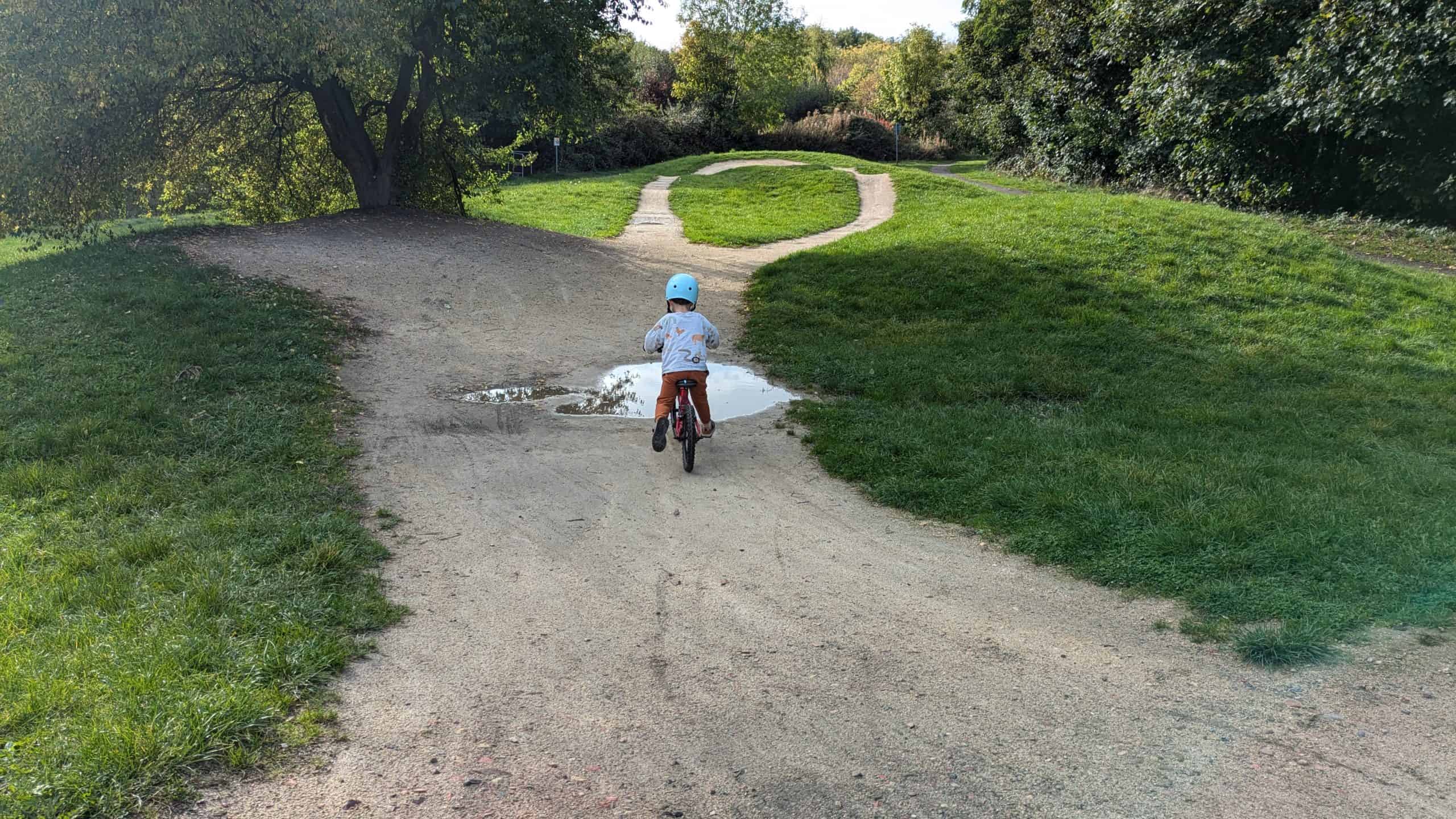Teaching your child to ride a bike is a significant milestone, and the method you choose can greatly influence their confidence and enjoyment. Everything from the place you choose to teach them how to ride their bike, right through to the bike choice. These all influence the speed of the outcome.
While stabilisers (training wheels) have been the traditional route, balance bikes are increasingly recognised, and evidence supports that they are a vastly superior alternative.
- Balance Bikes: Building Confidence Through Balance
- Advantages of Balance Bikes:
- The Limitations of Stabilisers
- Accessibility and Inclusivity: Balance Bikes for All Abilities
- Key Benefits:
- Our Family’s Approach to Cycling:
- Our Recommendations:
- Additional Resources
- Frequently Asked Questions: Balance Bikes vs. Stabilisers
- At what age can my child start using a balance bike?
- Why choose a balance bike over stabilisers?
- How do I transition my child from a balance bike to a pedal bike?
- Are balance bikes beneficial for children with developmental challenges?
- Do balance bikes help with postural control?
- Are balance bikes suitable for uneven terrains?
- How do I maintain a balance bike?
Drawing from our own family’s experiences and supported by expert insights, here’s why starting with a balance bike can set your child on the path to confident cycling vs stabilisers, which may limit their ability to cycle freely on varying terrains.
Balance Bikes: Building Confidence Through Balance
If you are a parent with a child under the age of 4, then you have probably heard of a balance bike. They’ve become popular in the UK as a way to introduce children to bikes and teach them the core skill required (balance) at a young age.
Essentially, Balance bikes are pedal-less bicycles that allow children to focus on balancing rather than pedalling. By using their feet to propel themselves, kids develop essential coordination and balance skills naturally. These are the core foundations of cycling.
Advantages of Balance Bikes:
- Early Start: Children as young as 18 months can begin using balance bikes, fostering independence and confidence from a young age. Both our children started on balance bikes from the age of 2 and progressed significantly. The confidence and freedom they offer. I remember fondly Matilda cycling back and forth on the decking over and over. This was a core foundation for her ability in cycling today.
- Natural Progression: As children become comfortable, they transition from walking the bike to gliding with both feet off the ground, mastering balance before introducing pedals. Unlike stabilisers, which introduce a rigidness to the riding, the balance bike is how you would cycle but without the pedals. The twists and the turns, the change of terrain, are all incorporated and possible with a balance bike.
- Smooth Transition to Pedal Bikes: Once balance is mastered, adding pedalling becomes a straightforward step. It’s actually counterproductive to introduce training wheels as they will undo some of the fantastic cycling balance learnt via the balance bike. It can be difficult as when using a balance bike, they can only go as fast as their legs allow, but pedals can add another dimension of speed.
In our family, we introduced balance bikes early. Our son, Barney, never used stabilisers and transitioned to a pedal bike seamlessly. We actually had a period of 3-6 months where he progressed to a normal bike without pedals. When we introduced the pedals for a period, he did say he didn’t want pedals but quickly got over this hurdle.
Our daughter Matilda briefly used stabilisers, but we quickly realised they were hindering her ability vs helping. Once we removed them, she quickly gained confidence and rode independently, whereas with the stabilisers she was conscious of the bike ‘toppling’ over as the rigidness made her uneasy.
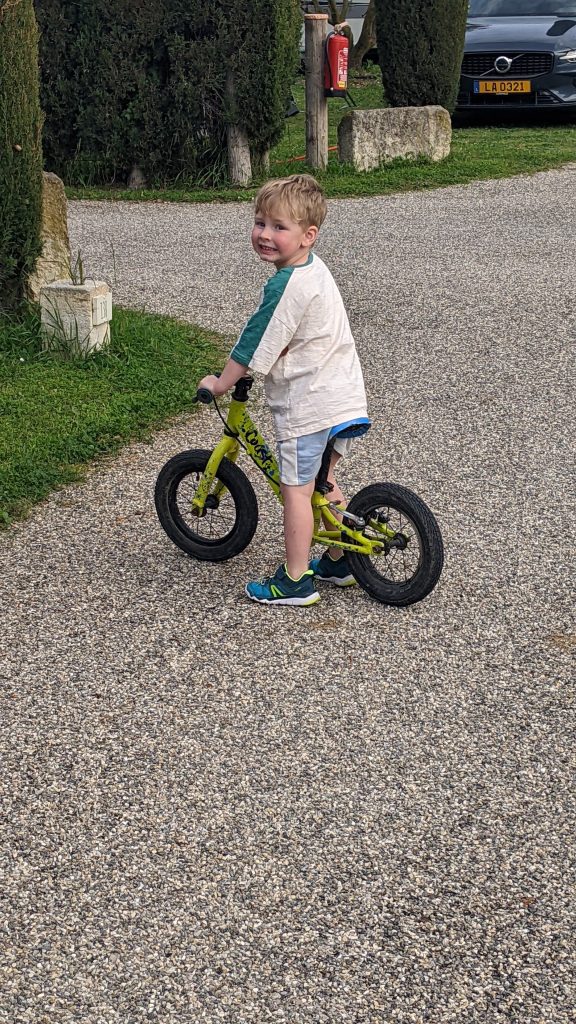
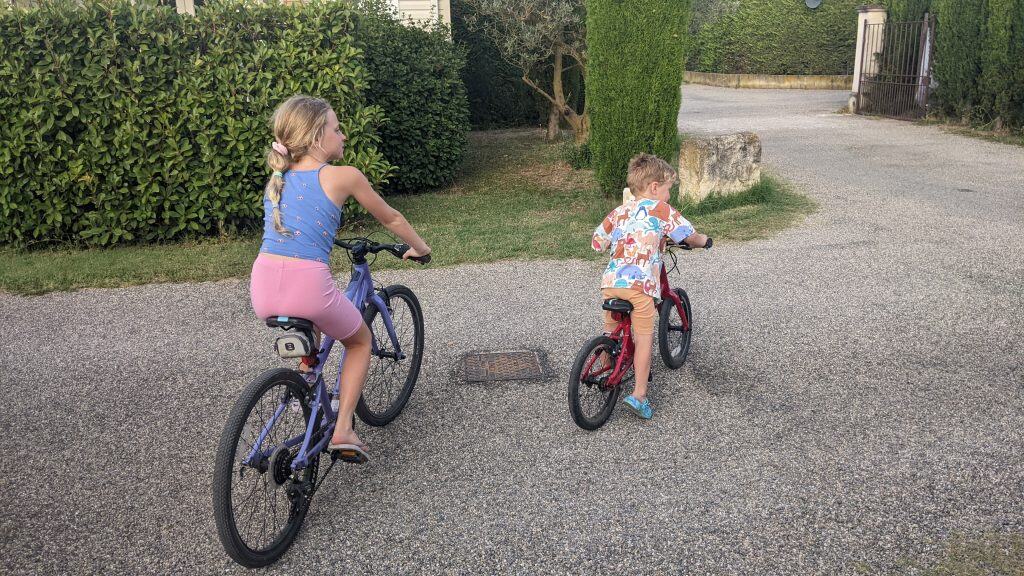
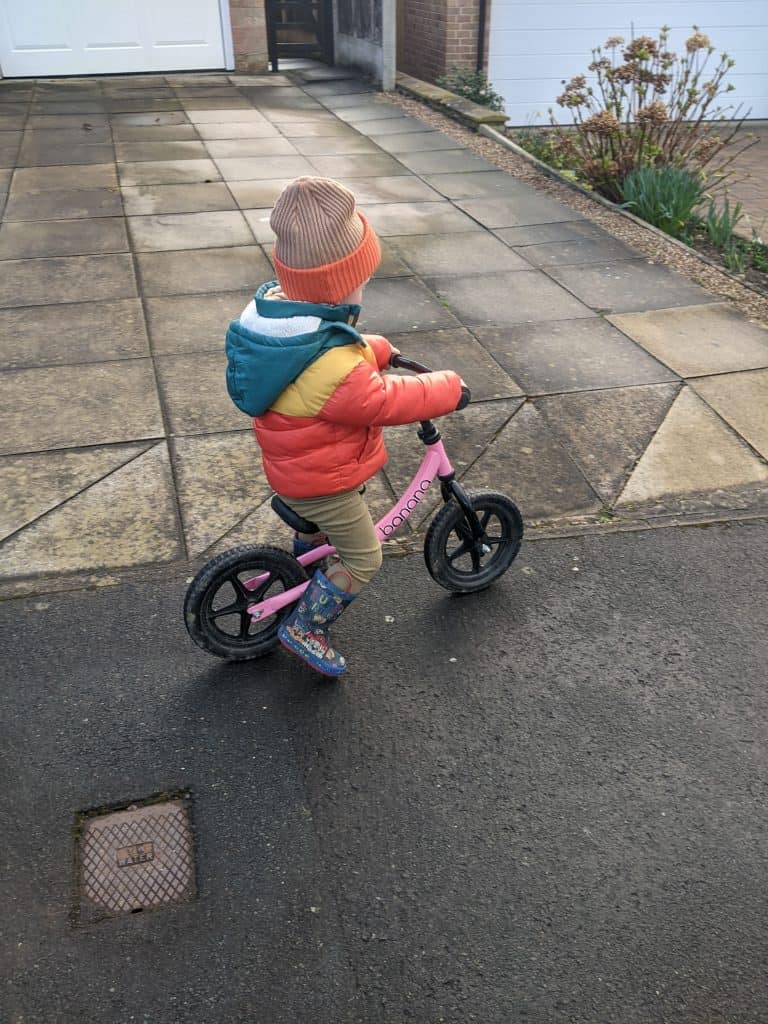
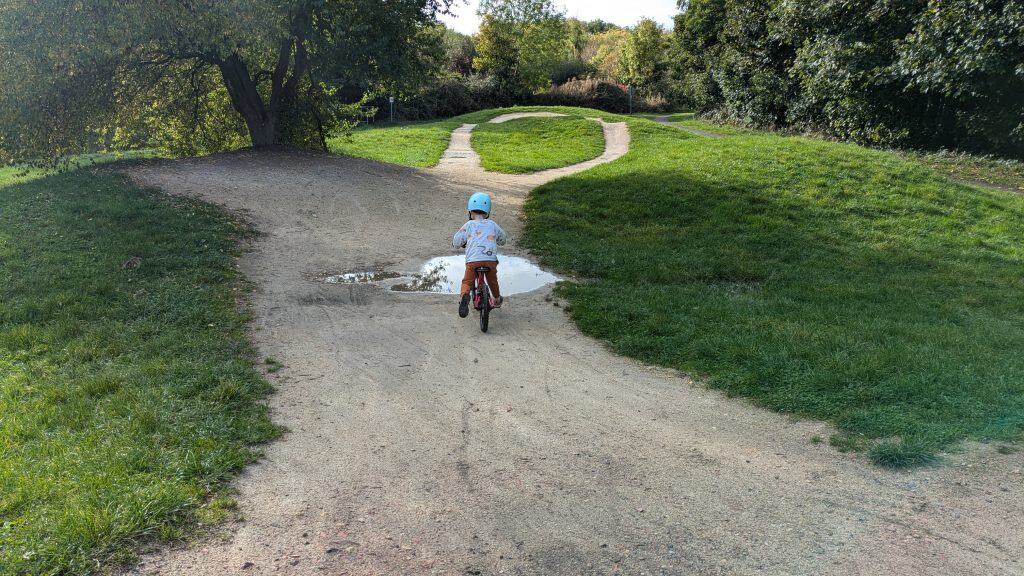
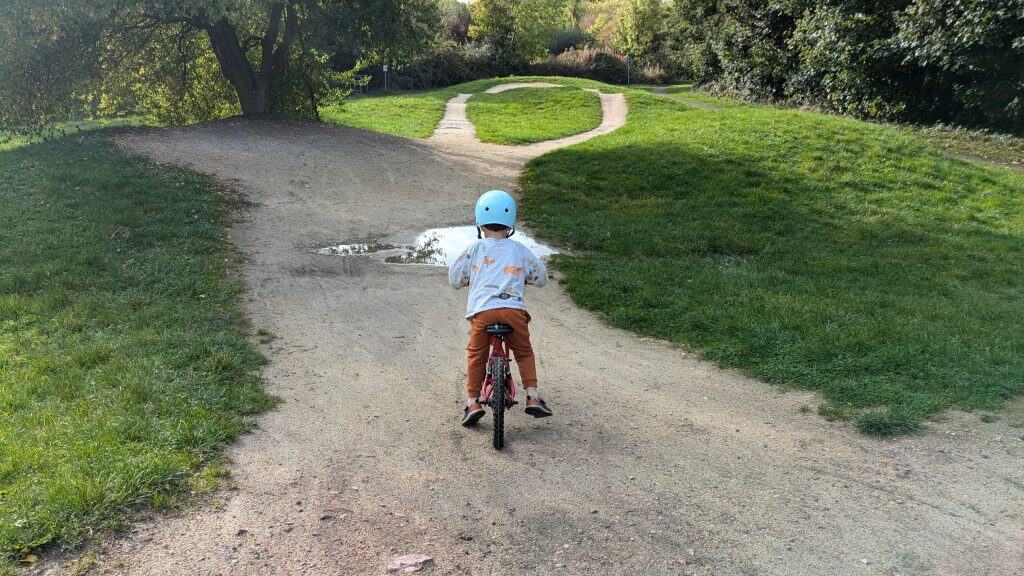
The Limitations of Stabilisers
The logic behind stabilisers is sound. They ‘stabilise’ the bike so the kids can focus on the pedalling. But the limitations are that it’s not how you ride a bike and navigate the road/cycle paths.
So, in this way, stabilisers may seem helpful initially, but they can hinder the learning process in several ways:
- Delayed Balance Development: Stabilisers prevent the bike from leaning, which is essential for learning to balance. This reliance can make the eventual transition to two wheels more challenging. Wikipedia
- Unnatural Riding Posture: Children may develop habits like leaning outward during turns, which is the opposite of the natural lean required when riding without support.
- Limited Terrain Adaptability: Stabilisers can make it difficult to ride on uneven surfaces, restricting the child’s ability to explore different environments confidently. Cycling Weekly
Balance bikes are not only effective tools for teaching children to ride but also offer significant advantages in terms of accessibility and physical development. They promote active engagement of the body, fostering habits essential for confident and independent cycling.PMC
Accessibility and Inclusivity: Balance Bikes for All Abilities
Balance bikes are particularly beneficial for children with physical challenges, including those with cerebral palsy (CP) and other motor impairments. By eliminating pedals, these bikes allow children to focus solely on balance and coordination, which are crucial for mobility.
Key Benefits:
- Enhanced Postural Control: Riding a balance bike requires children to engage their core muscles actively, improving trunk stability and postural control. This is especially beneficial for children with CP, as it aids in developing the strength and coordination needed for various physical activities.
- Improved Balance and Coordination: Regular use of balance bikes has been shown to enhance balance and coordination skills, which are foundational for many daily activities beyond cycling.
- Increased Independence: By mastering balance and steering, children gain confidence and a sense of independence, which can positively impact their overall development and self-esteem.
In contrast, stabilisers often provide artificial support that can hinder the natural development of balance and coordination. They may also promote an upright and rigid posture, which doesn’t reflect the dynamic movements involved in real cycling or day-to-day life, for that matter.
Incorporating balance bikes into a child’s early development can lead to significant improvements in physical abilities, confidence, and independence. We believe the balance bike and continuing to ride after the balance bike have created a solid foundation for the development of our children and their riding.
Our Family’s Approach to Cycling:
Our experience has shown that starting with a balance bike fosters a more intuitive and confident cycling journey for children. By focusing on balance first, both Matilda and Barney were able to ride pedal bikes confidently by the age of four.
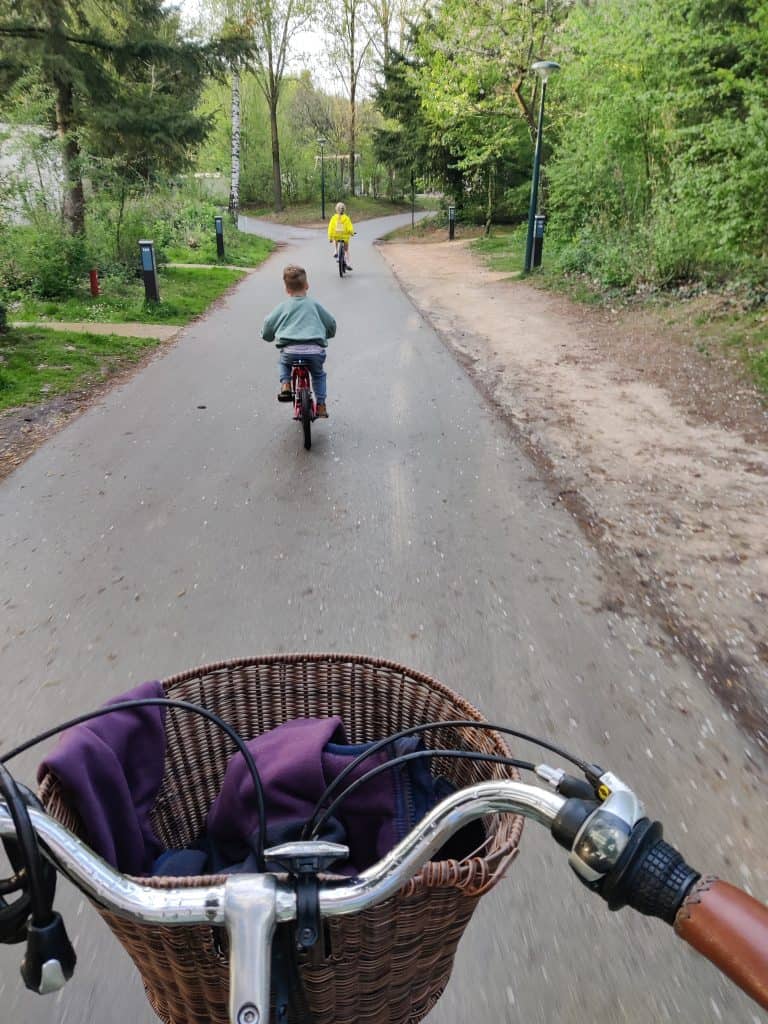
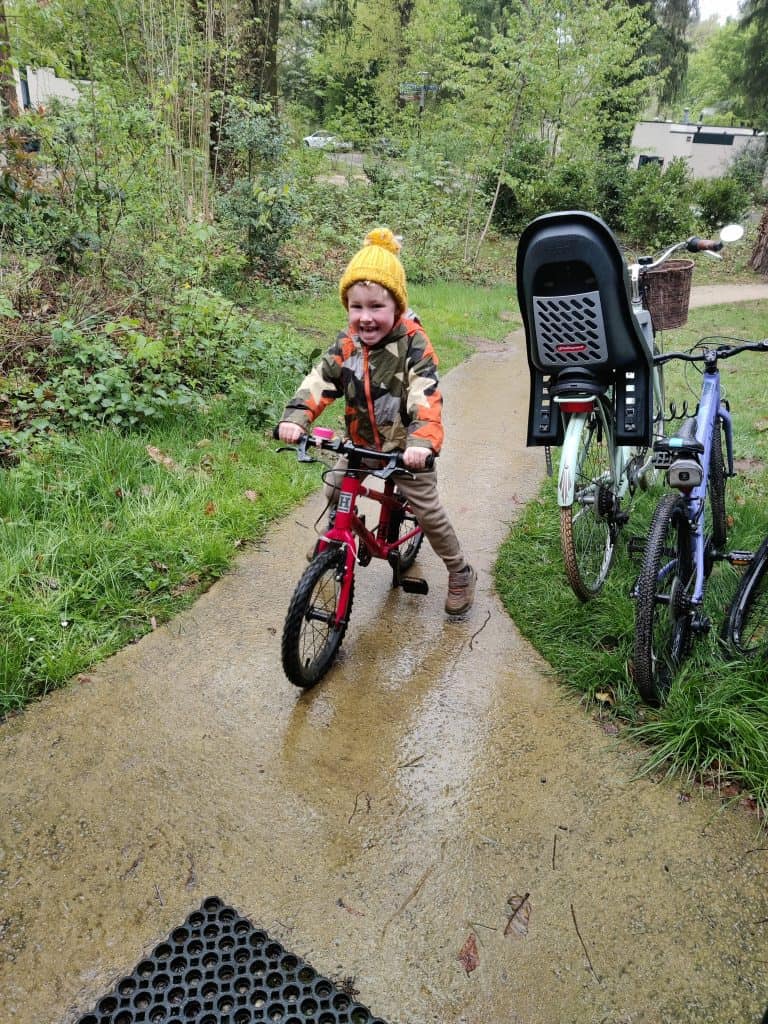
Our Recommendations:
- Start Early: Introduce a balance bike as soon as your child can walk steadily, even if it’s in the garden. I know this can seem daunting, but the sooner you introduce it and become consistent,t the easier it is for them to develop the balance.
- Encourage Regular Practice: Allow your child to explore and play with the balance bike in various safe environments. Consistency is the key, even if it’s 5 minutes a day.
- Transition Naturally: Once your child is gliding confidently, consider introducing a pedal bike without stabilisers. If needed, remove the pedals initially to allow them to get used to the new bike’s size and weight.
We did this with Barney, and it helped him familiarise himself with the bike. He became slightly attached to the non-pedal version but we were able to persuade him that he can go ‘super fast’ with pedals.
Additional Resources
For more insights and guidance on teaching your child to ride a bike, consider the following resources:
- How to teach your child to ride a balance bike – A step-by-step guide from us on how to approach the balance bike.
- Balance bike or stabilisers: what’s the best way to teach your kids to ride? – An in-depth comparison by Cycling Weekly.
- The Great Debate: Balance Bike vs Stabilisers for Toddlers – Insights from Bike Club on choosing the best method.
By choosing the balance bike route, you’re setting your child up for a more confident and enjoyable cycling experience in the long-term. Although stabilisers can have a place in the cycling mix I would highly recommend you ditch them and stick with the balance bike route.
Frequently Asked Questions: Balance Bikes vs. Stabilisers
At what age can my child start using a balance bike?
Children can begin using balance bikes as early as 18 months, provided they can walk steadily. The key is ensuring they can sit on the saddle with both feet flat on the ground, allowing them to push off confidently. Starting early helps develop balance and coordination skills naturally. Start in the garden or on the path’s outside your home. Parks are great too!
Why choose a balance bike over stabilisers?
Balance bikes teach children to balance and steer without relying on additional support, leading to a smoother transition to pedal bikes. In contrast, stabilisers can create a false sense of security and may hinder the development of proper balance, making the eventual transition more challenging.
How do I transition my child from a balance bike to a pedal bike?
Once your child is confidently gliding and balancing on a balance bike, transitioning to a pedal bike often requires minimal assistance. Some parents opt to remove the pedals from a standard bike initially (as stated above this is something we did with our second child) allowing the child to get accustomed to the new frame before reintroducing pedalling.
Are balance bikes beneficial for children with developmental challenges?
Yes, balance bikes can be particularly beneficial for children with developmental challenges, such as cerebral palsy. They promote postural control, balance, and coordination, which are crucial for overall motor development. The simplicity of balance bikes allows children to focus on mastering balance without the added complexity of pedalling. Wikipedia
Do balance bikes help with postural control?
Absolutely. Using a balance bike requires children to engage their core muscles to maintain stability, enhancing postural control. This active engagement supports better coordination and prepares them for more complex movements involved in traditional cycling.
Are balance bikes suitable for uneven terrains?
Balance bikes are lightweight and easy for children to manoeuvre, making them suitable for various terrains, including grass, gravel, and dirt paths. This versatility encourages exploration and builds confidence in different environments. USA Cycling.
This offers a significant advantage over stabilisers as they are often restrictive and only suitable for hard surfaces.
How do I maintain a balance bike?
Maintenance for balance bikes is relatively straightforward. Regularly check the tire pressure, ensure bolts and screws are tightened, and keep the bike clean. They don’t have a great deal of mechanical parts vs other bikes, they are relatively easy to keep functional.
In our family, starting with balance bikes laid a strong foundation for our children’s cycling journey. Both Barney and Matilda developed confidence and coordination early on, making the transition to pedal bikes far more seamless and enjoyable.
But the key to any self-improvement journey is consistency and habit-building. Once they have learnt to ride a bike, it’s not mission complete. You have to keep practising. Like anything in life, you get better with experience.
If you have more questions or need personalised advice, feel free to ask in the comments below! Happy balancing!
Last Updated on May 1, 2025 by Ryan
Hello. I am Ryan and along with my wife Beth and our two children Matilda and Barney, we love all things cycling and exploring. We spend our weekends exploring fun places to cycle and discover and wanted to help other people do the same too. There’s no better way to travel than via bike and it’s an amazing activity for the whole family to enjoy.

